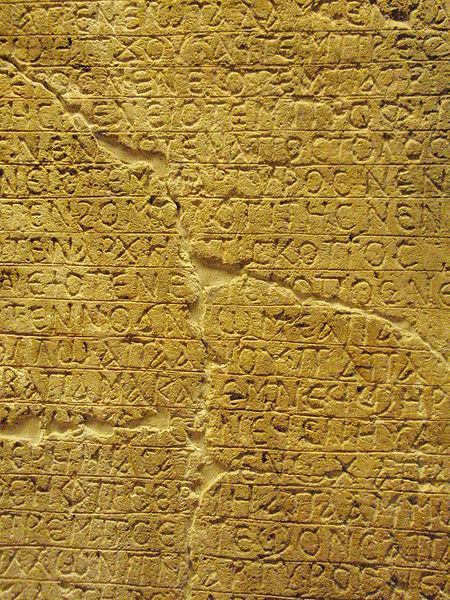Bible translations into Coptic
There have been many Coptic versions of the Bible, including some of the earliest translations into any language. Several different versions were made in the ancient world, with different editions of the Old and New Testament in five of the dialects of Coptic: Bohairic (northern), Fayyumic, Sahidic (southern), Akhmimic and Mesokemic (middle). Biblical books were translated from the Alexandrian Greek version.
Job and his daughter from folio 4v of Biblioteca Vittorio Emanuele III, MS I B 18.
The Mudil Psalter, the oldest complete psalter in the Coptic language (Coptic Museum, Egypt, Coptic Cairo).
8th century Coptic manuscript of Luke 5:5–9
Uncial 0177 with the text of Luke 1:59–73
Coptic is a group of closely related Egyptian dialects, representing the most recent developments of the Egyptian language, and historically spoken by the Copts, starting from the third century AD in Roman Egypt. Coptic was supplanted by Arabic as the primary spoken language of Egypt following the Arab conquest of Egypt and was slowly replaced over the centuries. Coptic has no native speakers today, although it remains in daily use as the liturgical language of the Coptic Orthodox Church and of the Coptic Catholic Church. Innovations in grammar and phonology and the influx of Greek loanwords distinguish Coptic from earlier periods of the Egyptian language. It is written with the Coptic alphabet, a modified form of the Greek alphabet with several additional letters borrowed from the Demotic Egyptian script.
Fifth–sixth century Coptic liturgic inscription from Upper Egypt.
Papyrus Bodmer VI ("Dialect P") possesses the richest of all Coptic alphabets, with 35 unique graphemes.
Sandstone stela, inscribed with Coptic text. The names Phoibammon and Abraham appear. From Egypt, find spot unknown, date known. The British Museum, London
Coptic and Arabic inscriptions in an Old Cairo church








